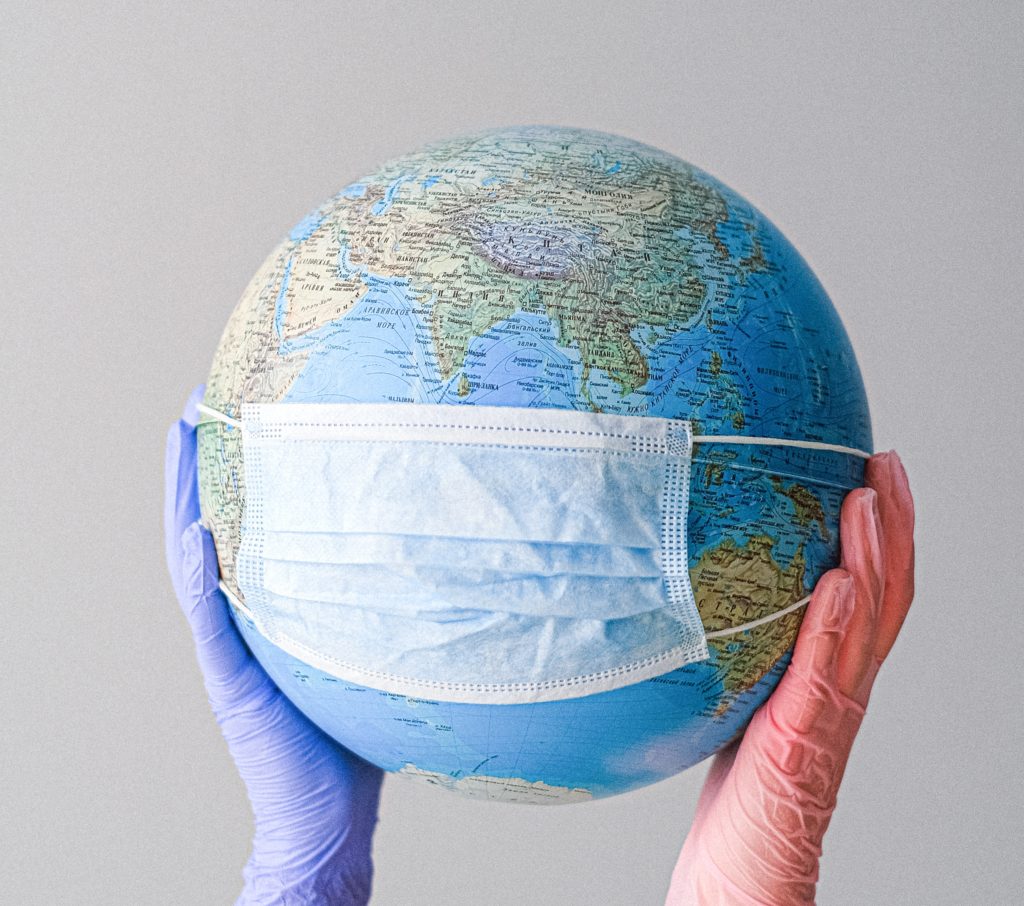The COVID-19 pandemic has turned the world upside down, disrupting what we once new as normal life. Chief science officer at the World Health Organization Dr Soumya Swaminathan predicts that a coronavirus vaccine may only be available worldwide and become effective by 2022.
“We’re looking at 2022 at least before enough people start getting the vaccine to build immunity,” Swaminathan said during a media briefing on Tuesday [September 15].
She warned that in the mean time, countries will have to maintain health and safety measures like physical distancing, wearing masks and respiratory hygiene.
“Those will have to continue after the vaccine starts getting rolled out, because we need 60% to 70% of the population to have immunity before you will start seeing a dramatic reduction in transmission of this virus,” Swaminathan added.
“We also don’t know how long these vaccines will protect for — that’s the other big question mark: How long does immunity last? And it’s possible that you will need a booster.”
Swaminathan explains that health officials are aiming to control the coronavirus, instead of eliminate it at this point.
The United Nations is planning to have an in-person General Assembly meeting in New York to discuss the COVID-19 pandemic. The body’s president Volkan Bozkir said on Tuesday [September 15] that the meeting will likely happen in the first week on November.
“As long as the health conditions allow, I intend to continue physical meetings of the General Assembly, taking the necessary mitigation measures to protect the health and safety of delegates and UN staff,” Bozkir said.
“In our business of diplomacy, there is no substitute to meeting counterparts face-to-face, to build long-term understanding of each others’ positions and forge compromise.”
Diplomats from across the globe have expressed their country’s hesitation to meet too soon. Hosting the meeting in the United States, the country leading in COVID-19 infections, is a major concern. They hope to push physical meetings to December.
Picture: Pexels






